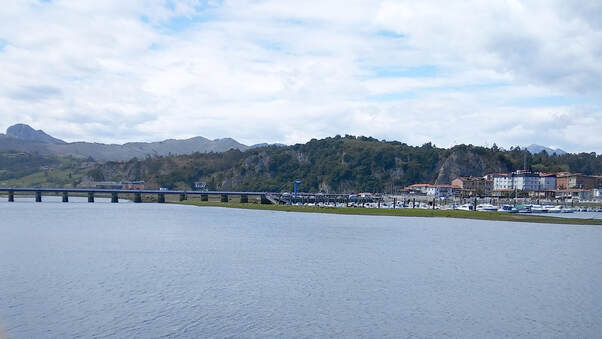 Ribadesella, Spain, looking towards the mountains where Tito Bustillo Cave is located. Ribadesella, Spain, looking towards the mountains where Tito Bustillo Cave is located. When I came home from Spain, I couldn’t stop thinking about my experiences in Tito Bustillo Cave. I decided to learn more about prehistoric civilizations and share what I learn with others. And I hope to be able to go back some day, not only to Tito Bustillo, but to many of the smaller caves in northern Spain I have learned about. In my studies, I find that a group of young spelunkers discovered the cave on the Thursday of Holy Week. One of the discoverers of the cave, Celestino Fernandez Bustillo, called Tito by his friends and only 18 years old, died three weeks later exploring another cave. They named this cave after him. In April 2018, the citizens of Ribadesella celebrated the 50th anniversary of the discovery of the cave. Because of these cave discoverers, I am motivated to dedicate myself to my life purpose. Because of the cave art creators, I am inspired to pursue beauty, truth, refinement, and excellence and share it with others. All figures in a cave were linked to one another in some way. In a previous post, I shared my transformative experience at Tito Bustillo Cave and started to walk you through a Personal Study Plan with the cave as a Core Source. In this post, we’ll go deeper--creating academic skills, applicational activities, and transformation!
4-Consider Questions and Quality Applications. Before studying your Core Source, make a list of questions you would like to have answered during your study. I call these Discovery Questions, and for Tito Bustillo Cave, they may include: Who is related to cave—creators, discoverers, researchers? Why is the discovery of this cave so important? What can I, or do I, want to learn as I study? (Make a list.) Where is this cave? When was this cave created and discovered? What is the context of the discovery of the cave? What has ongoing research found? Is there anything unusual about this cave that strikes me as I learn more? It’s fun to find the answers to these questions in the sources!
0 Comments
6/25/2021 0 Comments I've Been Busy Elsewhere!Hello! It's been some time since I've posted. It's been a crazy year all over the world, and I have been writing, teaching, and creating--but not here. However, I'm back.
Here's what's been happening:
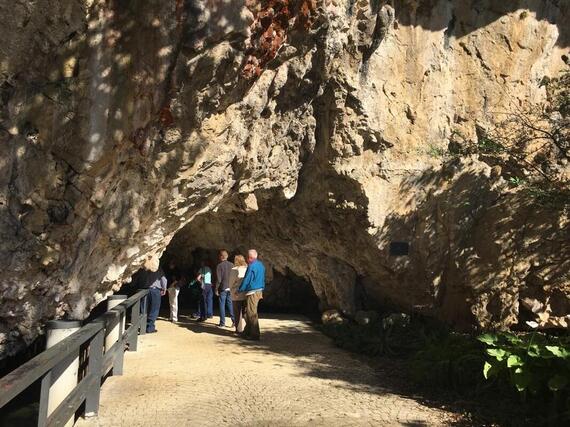 I squat in total darkness, my right hand holding fast to cold metal railing. Suddenly, the guide’s flashlight spotlights a horse’s head, sketched in black thousands of years ago, yet still distinct. My heart swells and my eyes fill. I can’t understand very many words of the Spanish guide. So I just let the feeling of connection and reverence wash over me. I soak up the detail in the features of the horse and its bushy mane. The spotlight moves to the right and captures a full horse, purple, outlined in black, with another horse of the same type directly to its right. Below them, in a wall of red ochre, are other animals—horses, reindeer, and smaller deer. I am looking at original art, history preserved and remembered. I sense a link pulling me toward the past, thousands of years ago. This experience in Tito Bustillo Cave changed me forever. I felt many of the same feelings as Jean-Marie Chauvet, Eliette Deschamps, and Christian Hillaire when they saw the first paintings in Chauvet Cave in 1994.
Suddenly, as Eliette’s gaze swept the wall, she gave a cry: in the beam of her lamp she had just made out two lines of red ochre, a few centimetres long. We joined her with beating hearts. On turning round, we immediately spotted the drawing of a little red mammoth on a rocky spur hanging down from the ceiling. We were overwhelmed. Henceforth our view of the cave would never be the same. Prehistoric people had been here before us. (Chauvet, Deschamps, and Hillaire, Dawn of Art: The Chauvet Cave) Even if you don’t have ancient paintings or petroglyphs close to you, it’s possible to recreate some of those feelings with a physical or virtual field trip. Then apply what you have seen, felt, or learned with other media and applicational activities to round out your experience. If you are just beginning your study with History as the Hook, you might begin with cave art. It is one of the first evidences we have of human creative and communal life. I’d like to walk you through the creation of a Personal/Family Study Plan, using my visit to Tito Bustillo Cave as the Core Source. You may choose to use a cave near you, a virtual tour of a famous cave, or a book with loads of pictures and information. Let’s begin! Are you lucky enough to be home with your family, either full-time or part-time, for a few weeks or longer? Wondering what you can do to focus on education, but also foster better relationships, between you and your children or your children with each other? Here are three simple actions you can take each day to create a positive, healthy learning environment in your home. They will work with all ages, at all developmental levels. 1-Study One Thing Together
Simply observe a leaf, a bug, or a cloud. Read a short book, or a chapter or two, or a poem. Investigate microwaves or the internet or another culture. After closely observing, or reading or investigating, follow up with research in books or on the internet. This could take 5 minutes or 5 hours, depending on interest level, resources, and rabbit trails. YouTube, online encyclopedias, and online sites specific to your subject are great places to look. 2/3/2020 0 Comments Lessons From the Theater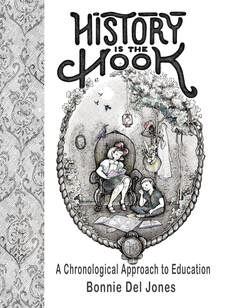 I have been MIA from the blog. But I do have a new book out, as of Monday, January 24: History is the Hook: A Chronological Approach to Education, 2020! You can find it on Amazon in Kindle or paperback, here. Soon, I will finish the Easter Island series by discussing how we Create Change using History as the Hook. Today, I want to talk about the theater. A couple of weeks ago, I was fortunate to attend two plays in the same week--Fiddler on the Roof, at the Eccles Theater in Salt Lake City, Utah, and Every Brilliant Thing, at the Harman Theater in West Valley, Utah. Fiddler was performed by the Broadway touring company, and Brilliant was performed by a traveling company from the Utah Shakespeare Festival. Both were excellent, inspirational, and timely. I was reminded that I need to attend the theater more often, because my heart was touched and my perspective broadened. A friend challenged me (on Facebook, no less!) to hook a topic to history. In the previous post, we began to Choose and Connect as we studied using History as the Hook. This post will focus on how to Cultivate Refinement and Excellence, Consider Patterns and Worldviews, and Consecrate Your Personal Purpose Path using History as the Hook. Cultivate Choice and Connection
First, let’s review: I’ve chosen to study the Easter Island Moai. I’m going to connect it to everything through history. How can I further cultivate agency and responsibility through this study? Always ask this question first, as Choice is the key to each subsequent step. How will I choose to hold myself accountable to this course of study? Will I make myself a schedule? Will I teach it to others, write an article, or create a project to share? Will I choose a specific focus? Or study broadly? Or both? If I am a mentor, how will I help my student(s) Cultivate Agency and Responsibility? Will they share in the research of the topics, in the gathering of resources? Will I encourage them to choose resources or topics within the study to focus on? Will I ask them to specifically focus on character, agency, and responsibility or another general point? How will they share their findings? In a project, presentation, or paper? Through service or some other application of principles learned? How exactly does one learn using history as the hook? A friend’s response to an article I posted on Facebook about Easter Island encouraged me to show how I learn everything using chronological history. The article showed bodies excavated in 2017 attached to the famous Easter Island heads. (https://mymodernmet.com/easter-island-heads-have-bodies/) I had no idea there were bodies under the ground. But I knew how to find out more about the story. So . . . challenge accepted, my friend!
If you are either the teacher or the student, the process of studying a topic chronologically is the same. Choose a topic—in this case, the Easter Island heads, or Moais. Then, do some research. I usually choose a topic from my chronological Timeline list that I’ve created over the years. But finding an article that is interesting, or running across a new topic in reading or study, is also valid. Go with your own or your students’ interests. I start in my home library. Do I have any resources helpful to learn more about the Moais? Guess what I found? Aku-Aku: The Amazing Story of a Scientific Expedition That Uncovered the Secret of Easter Island, by Thor Heyerdahl, one of the explorer-archaeologists who actually worked on Easter Island. Cool! An original source. But I can’t find anything else that is useful. So . . . 5/7/2019 1 Comment Travel the Purpose Path[G]reat education is not only about getting a job or training for a career, and it is not about mere literacy—it is about preparing a great soul to live his or her great purpose in life. —Oliver DeMille, Hero Education Among my own people, I was called Jehanette; since my coming into France, I am called Jehanne. I was born in the village of Domremy. My father’s name is Jacques d’Arc, my mother’s Isabelle. As long as I lived at home, I worked at common tasks about the house, going but seldom afield with our sheep and other cattle. I learned to sew and spin: I fear no woman in Rouen at sewing and spinning. As to my schooling, I learned my faith, and was rightly and duly taught to do as a good child should. From my mother I learned “Our Father,” “Hail Mary,” and “I believe.” And my teaching in my faith I had from her and from no one else. Once a year I confessed my sins to our parish-priest, or, when he was unable, to another with his permission. And I received the sacrament of the Eucharist at Easter time. --Joan of Arc: In Her Own Words, Willard Trask, compiler and translator Who would guess that this ordinary young woman, Jehanette d’Arc, would one day lead the armies of France to liberation from the English and restore the French king to his throne? She began by developing unique gifts and talents, by deciding to listen to her “angels,” by dreaming about what could be accomplished with their help, acting on that vision, and dedicating herself to “create the change” she needed to make in the world. Is there a change we wish to see in the world? Are our children or students longing to make a difference? As we study, and apply what we have learned, we prepare ourselves to travel a path of purpose for the rest of our lives. 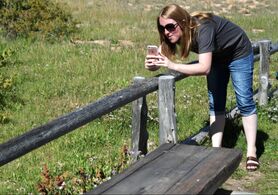 Develop First, we choose to develop gifts and talents, skills and characteristics, of great people who have come before us. Then we choose to go further in improving ourselves and our world. Where do you excel? What do you enjoy? Who can help you better yourself? These questions lead us to our purpose and to mentors who can help us develop the qualities we need to fulfill our purpose. If you or your students are not sure about your Purpose Path, surround yourselves with a rich environment, try lots of new activities, and cultivate many diverse experiences. What calls to you? What makes you happy? What are you passionate about? What fills you with resolve and a feeling of usefulness? These are clues to your life purpose. Develop it. 1/22/2019 0 Comments HIH in 7 Simple Steps“How do I use History is the Hook in my home or classroom?” Fair question. Here are seven simple steps to learn every subject through chronological history. 1) Choose Choose a subject you’re interested in. Choose works and activities you enjoy. Choose an inspirational and knowledgeable mentor. Choose a motivated group of peers to learn with. Choose a comfortable environment, conducive to learning. Let your students choose topics, activities, and works that excite them. Choose where, what, when, why, how, and who in all your learning to keep the stress low and the passion high—for both you and your students. For example, I knew my young children were already fascinated with Biblical heroes, as well as King Arthur and his knights, so I was able to quickly interest them in the heroes of Greece and Rome, the pharaohs of Egypt, and Gilgamesh, not to mention the tribal heroes of Africa and Ancient America, when we started our ancient studies. They inhaled the myths and fables of the ancient world. We read and discussed and did activities, together and separately, in the family room, the kitchen, and the back yard. Other families embarked on this ancient study with us, so we had built-in peers. But you could hand-pick others to invite to periodic discussions or activities if you are not associated with a bigger group. 2) Study Study the topic or work. Read a book—or several, listen to a song, examine a mathematical concept, observe a performance or sporting event, experiment with a scientific principle, contemplate a work of art. And read, listen, examine, observe, experiment, and contemplate some more. Read, listen, examine, observe, experiment, and contemplate. “You’re doing what?” “How interesting!” “Where did you hear about that?” “Is that legal?” As you consider, or begin, using history as the hook for all subjects, you might wonder what makes chronological learning a better choice than topical learning. Maybe your friends or administrator or mother-in-law or colleagues or child’s teacher is asking about your unique method of study. Let’s look at five reasons to use history as the hook. 1. ChooseLearning topics you have a passion for is the best way to learn—and the only way to secure individualized, life-long learning. When you or your student enjoys what you study, seeing a reason for that study, knowledge is tucked into the heart and linked to other knowledge to be useful later. If you add choices about the learning environment and the study schedule, learning increases exponentially. Then you are able to reproduce the ideal study environment later in life, so you can always learn any subject, any time, any where. Why is choice so important? Everyone longs to make certain decisions for themselves, without persuasion or coercion from someone else. Education is vital to each person’s present and future well-being. It is simple to individualize curriculum content by perusing the chronological timeline of the period and choosing to study in more depth topics that attract attention and interest—and connect them all chronologically. 2. ConnectConnections make everything easier to learn. If learners can hook an event, a person, or a topic to a time period, and to other people or events in that time, they will be more likely to remember those facts and connections. Subjects are linked by people and place and philosophy. They are knit together, in many cases so seamlessly it is difficult to separate them. How do you learn the Golden Mean without knowing about art or math? What was the reason behind the American Revolution--government or commerce or freedom? Can Guernica be studied without a knowledge of military history or dictatorship?
Since topics are so interconnected, it makes sense to use those links to aid in the learning process. Tying it together chronologically allows learners to see cause and effect and cycles, and to choose consequences based on their gained experience. |
AuthorBonjour! I'm Bonnie. I love learning, travel, reading, writing, photography, and all things French. I am especially passionate about agency education, the humanities, and using history as the hook for all learning! Archives
July 2021
TopicsAll Agency How To How-to Mentoring |
|
©History is the Hook, 2021
|
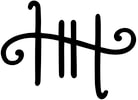
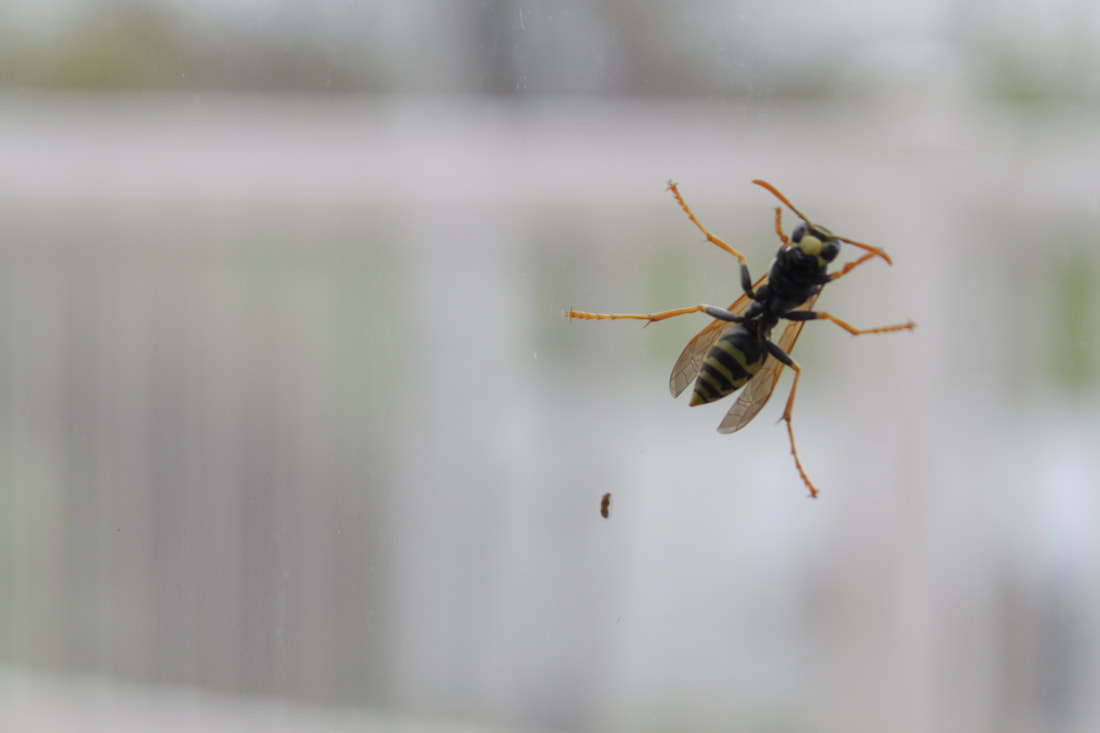
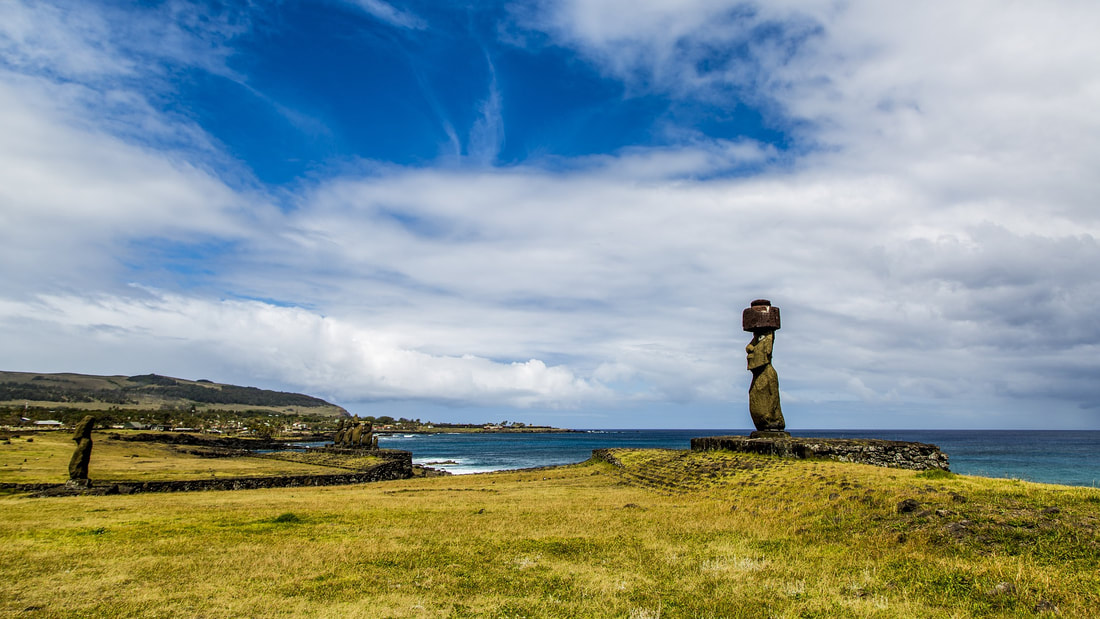
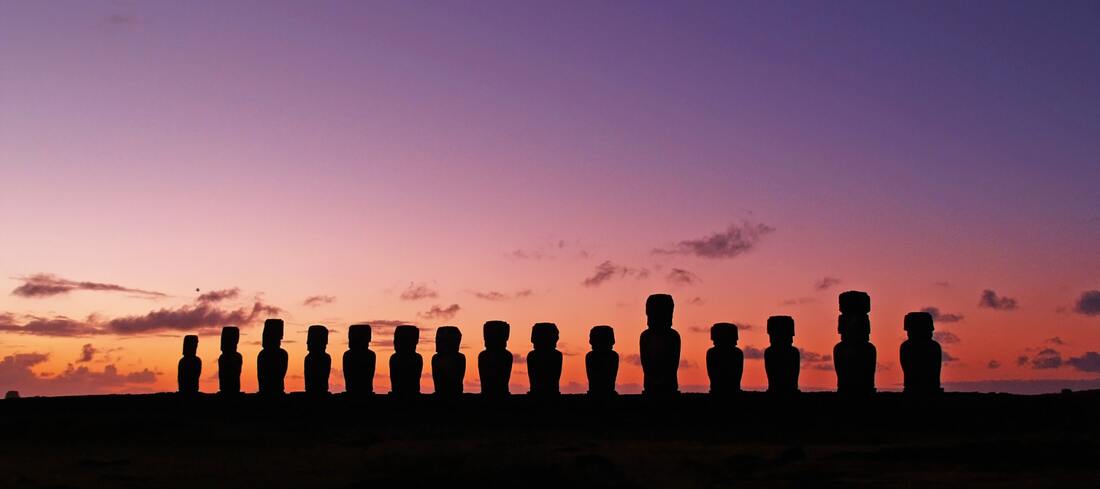
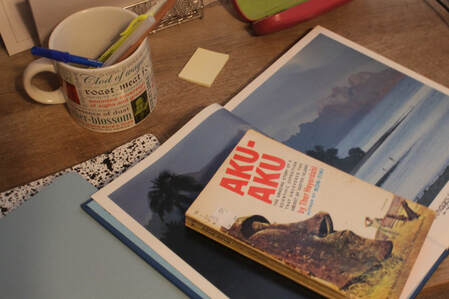
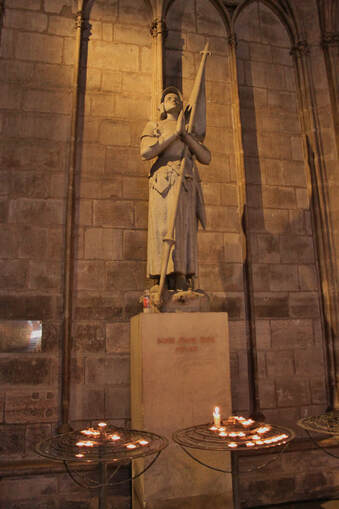
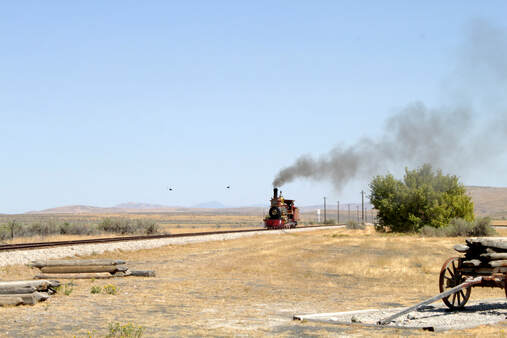
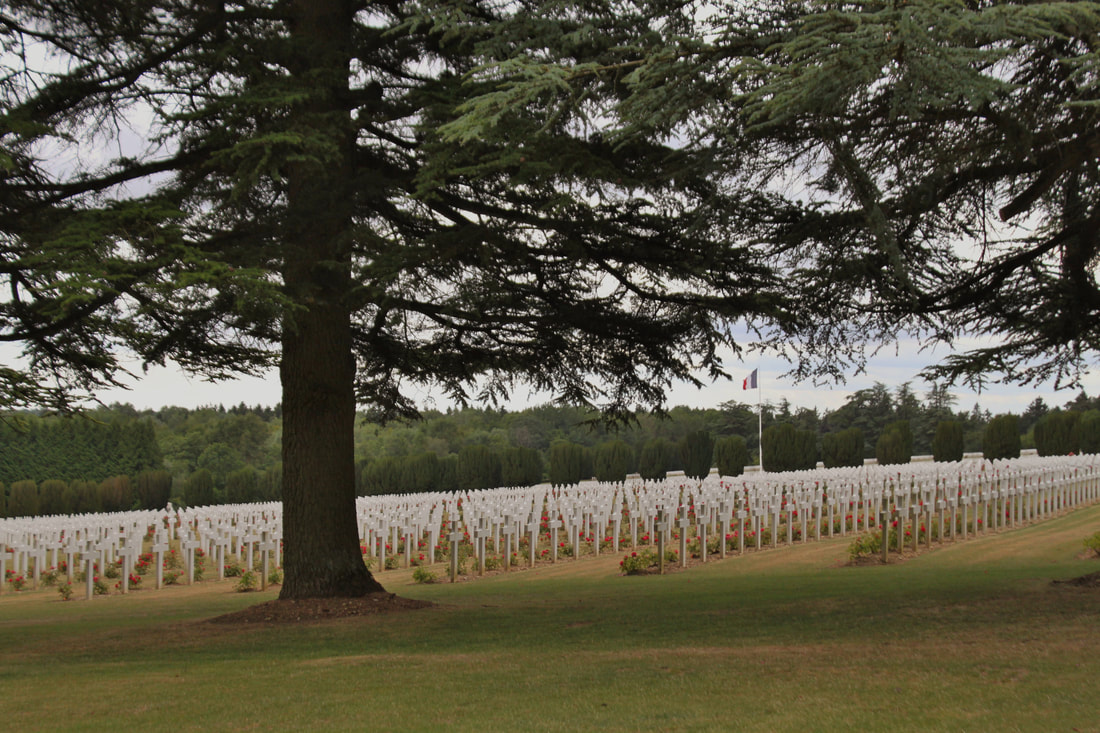
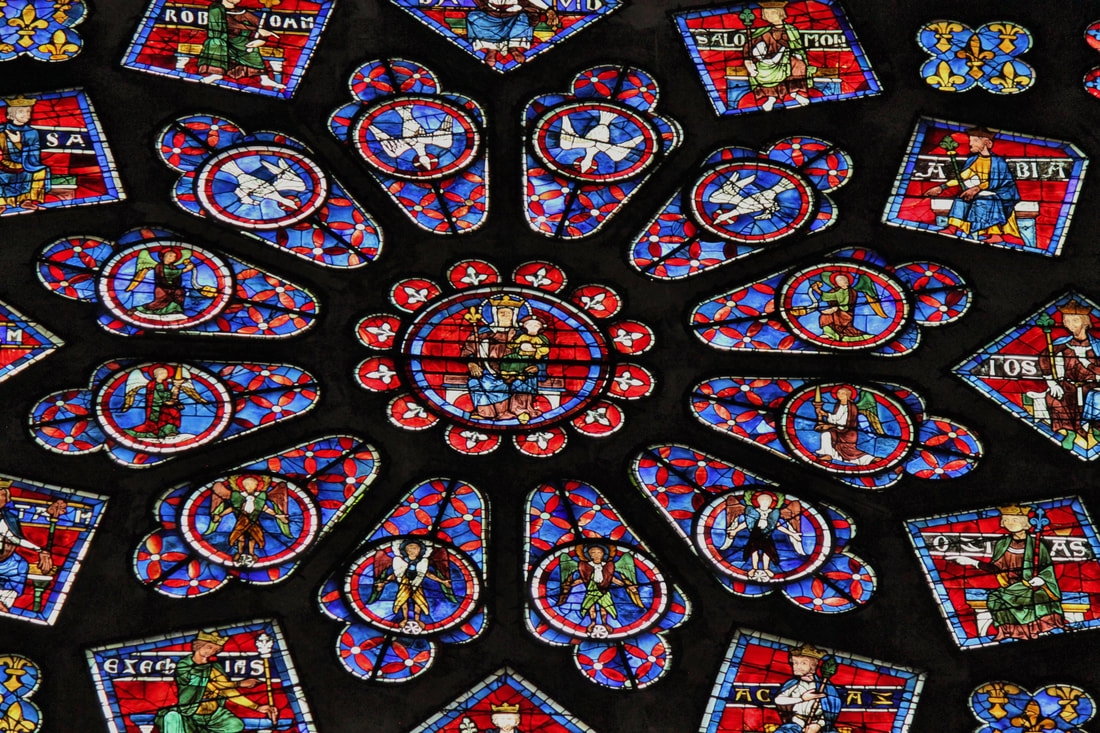
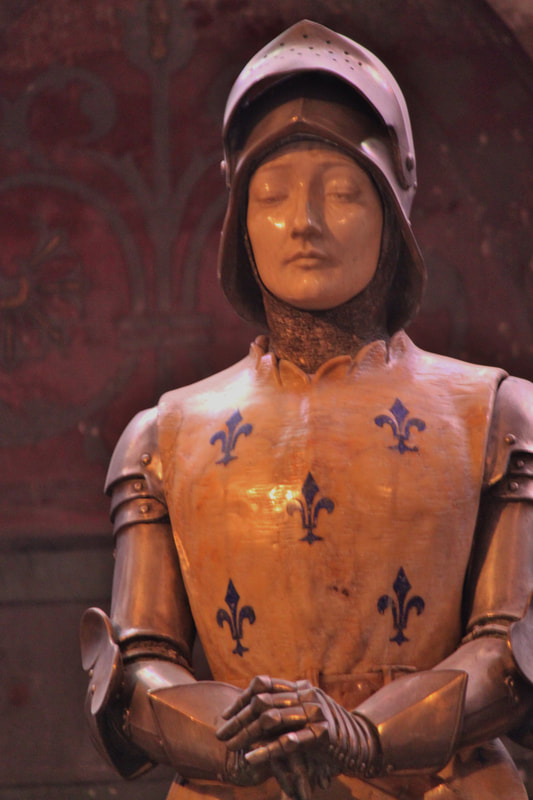
 RSS Feed
RSS Feed